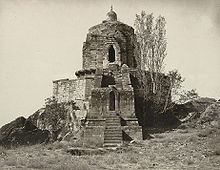

Srinagar is an epitome of romance and sublime nature. The summer capital of the state of Jammu & Kashmir, it is
situated perfectly at the heart of Kashmir Valley. Inarguably picturesque and surprisingly humble, Srinagar is a
decent host for nature lovers and adventure enthusiasts. The series of paradoxes that it follows make it one of the
most attractive tourist destinations in the country. Expect scenic landscapes, majestic historical structures and
divine places of worship like River Jhelum, Dal Lake, Mughal Gardens and Jama Masjid along with other attractions that
mark the resplendent beauty of the land.
The vast meandering Dal Lake let the visitors enjoy boating on the dainty shikaras. and comfortable waterborne
houseboat hotels. This 8 km long sparkling lake adds grace to the picture of Srinagar. Holidays in Srinagar seems
incomplete without an ideal boat ride in the sparkling water of the lake.
The melting pot of culture and natural beauty, Srinagar is a home to resplendent architecture and scenic landscape. The well-created Mughal Gardens namely Shalimar
Bagh, Nishat Garden. Chashma Shahi and the grandeur of Pari Mahal reminds one of the resplendent Mughal era, whereas, the mesmerizing beauty of Dal and Nagin Lake
cannot be neglected. Protecting Srinagar from the frailty of time, Jama Masjid, Hazratbal and Shankaracharya Temple embraces the city. The awe-inspiring floating
vegetable market and the verdant Dachigam National Park highlight the versatility of the city.
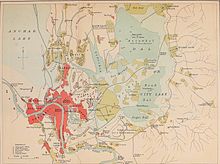 The Burzahom archaeological site 10 km from Srinagar has revealed the presence of neolithic and megalithic cultures.
According to Kalhana's 12th century text Rajatarangini, a king named Pravarasena II established a new capital named Pravarapura (also known as Pravarasena-pura).
Based on topographical details, Pravarapura appears to be same as the modern city of Srinagar. Aurel Stein dates the king to 6th century.
The Burzahom archaeological site 10 km from Srinagar has revealed the presence of neolithic and megalithic cultures.
According to Kalhana's 12th century text Rajatarangini, a king named Pravarasena II established a new capital named Pravarapura (also known as Pravarasena-pura).
Based on topographical details, Pravarapura appears to be same as the modern city of Srinagar. Aurel Stein dates the king to 6th century.
The independent Hindu and the Buddhist rule of Srinagar lasted until the 14th century when the Kashmir valley, including the city, came under the control of the
several Muslim rulers, including the Mughals. It was also the capital during the reign of Yusuf Shah Chak. Kashmir came under Mughal rule, when it was conquered by
the third Mughal badshah (emperor) Akbar in 1586 CE. Akbar established Mughal rule in Srinagar and Kashmir valley. Kashmir was added to Kabul Subah in 1586,
until Shah Jahan made it into a separate Kashmir Subah (imperial top-level province) with seat in Srinagar.
With the disintegration of the Mughal empire after the death of Aurangzeb in 1707, infiltration in the valley of the Afghan tribes from Afghanistan and Hindu Dogras
from the Jammu region increased, and the Afghan Durrani Empire and Dogras ruled the city for several decades.
Maharaja Ranjit Singh, the Sikh ruler from the Punjab region annexed a major part of the Kashmir Valley, including Srinagar, to his kingdom in the year 1814 and the
city came under the influence of the Sikhs.
 After India and Pakistan's independence from Britain, villagers around the city of Poonch began an armed protest at the continued rule of Maharaja Hari Singh on 17
August 1947.In view of the Poonch uprising, certain Pashtun tribes such as the Mehsuds and Afridis from the mountainous region of Khyber Pakhtunkhwa in Pakistan,
with the backing of the Pakistani government, entered the Kashmir valley to capture it on 22 October 1947.[17] The Maharaja, who had refused to accede to either India
or Pakistan in hopes of securing his own independent state, signed the instrument of accession to India in exchange for refuge on 26 October 1947, as Pakistani-
backed tribesmen approached the outskirts of Srinagar. The Accession was accepted by India the next day. The government of India immediately airlifted Indian Army
troops to Srinagar, who engaged the tribesmen and prevented them from reaching the city.
After India and Pakistan's independence from Britain, villagers around the city of Poonch began an armed protest at the continued rule of Maharaja Hari Singh on 17
August 1947.In view of the Poonch uprising, certain Pashtun tribes such as the Mehsuds and Afridis from the mountainous region of Khyber Pakhtunkhwa in Pakistan,
with the backing of the Pakistani government, entered the Kashmir valley to capture it on 22 October 1947.[17] The Maharaja, who had refused to accede to either India
or Pakistan in hopes of securing his own independent state, signed the instrument of accession to India in exchange for refuge on 26 October 1947, as Pakistani-
backed tribesmen approached the outskirts of Srinagar. The Accession was accepted by India the next day. The government of India immediately airlifted Indian Army
troops to Srinagar, who engaged the tribesmen and prevented them from reaching the city.Like the state of Jammu and Kashmir, Srinagar too has a distinctive blend of cultural heritage. Holy places in and around the city depict the historical
cultural and religious diversity of the city as well as the Kashmir valley.
There are many religious holy places in Srinagar. They include:


Srinagar has a humid subtropical climate (Köppen Cfa). The valley is surrounded by the Himalayas on all sides. Winters are cool, with daytime temperature averaging to 2.5 °C (36.5 °F), and drops below freezing point at night. Moderate to heavy snowfall occurs in winter and the highway connecting Srinagar with the rest of India faces frequent blockades due to icy roads and avalanches. Summers are warm with a July daytime average of 24.1 °C (75.4 °F). The average annual rainfall is around 720 millimetres (28 in). Spring is the wettest season while autumn is the driest. The highest temperature reliably recorded is 38.3 °C (100.9 °F) and the lowest is -20.0 °C (-4.0 °F).

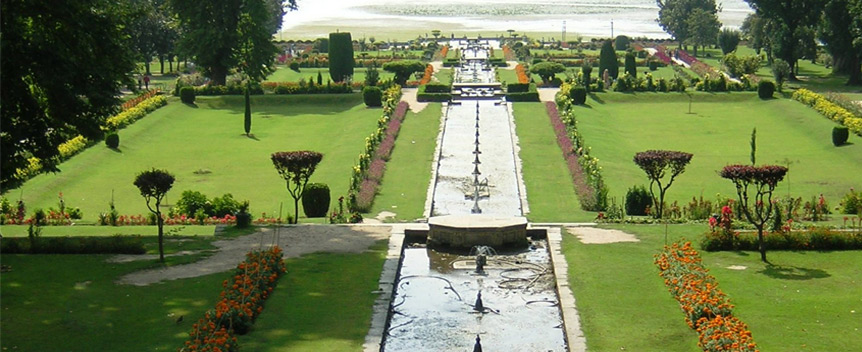
Amidst the sprawling Chashma Shahi garden lays an exemplary Mughal structure, which is popularly known as Pari Mahal. Depicting Islamic architecture, this structure was built by Dara Sikoh and used as a place for learning astronomy and astrology. Perched on the Zabarwan Mountain, Pari Mahal offers a panoramic view of Srinagar. Set against a spectacular backdrop, Pari Mahal is an interesting tourist place to visit in Srinagar. A prominent feature of Jammu & Kashmir tourism, this resplendent example of architectural taste of the Mughals narrates many glorious stories.
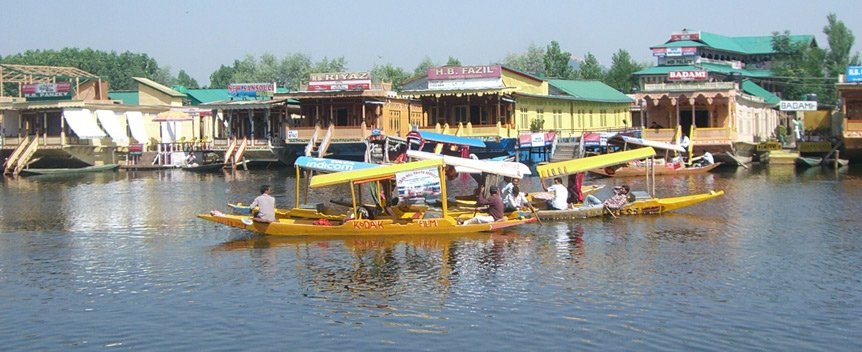
Reckoned to be the heartbeat of Srinagar, Dal Lake is the finest manifestation of the power and beauty of nature. Fringed by majestic mountains and the Mughal Garde ns, Dal Lake has steadfastly maintained its position as a favourite tourist place to visit in Srinagar. The canopied Shikaras sailing on the sparkling water offers a picture perfect moment. On the other hand the houseboats on the lake render luxurious accommodation option. Along with nature lovers, Dal Lake also proffers great options to adventure seekers. Water sports including water skiing, golfing and hot air balloon riding have lately become quite popular in Dal Lake. The pride of Jammu & Kashmir tourism, Dal Lake invigorates visitors with its exceptional beauty all year round.
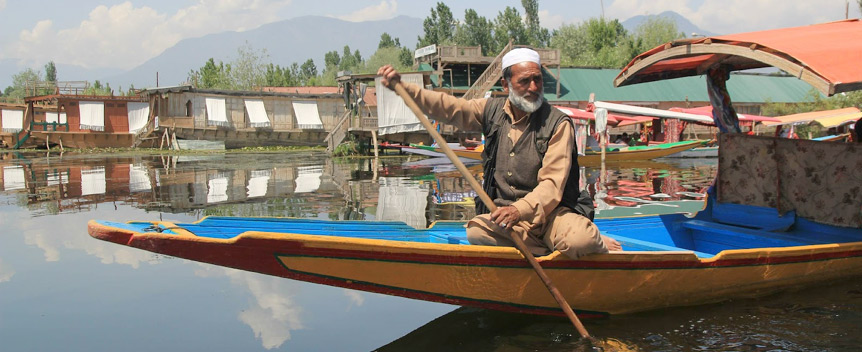
Situated on the foothills of Zabarwan Mountain, Nagin Lake is a popular Srinagar tourist place to visit. Fringed by willow and poplar trees, the lake is a haven for nature lovers. It is separated by a mere causeway from the Dal Lake. It is thus common to find floating houseboats and sailing Shikaras here. Nagin Lake is also famed for providing water skiing facilities. This lake not only enhances the beauty of Srinagar, but also helps Jammu & Kashmir tourism to prosper. Adorned with calm environment and picturesque surrounding, Nagin Lake is indeed the jewel of Srinagar.
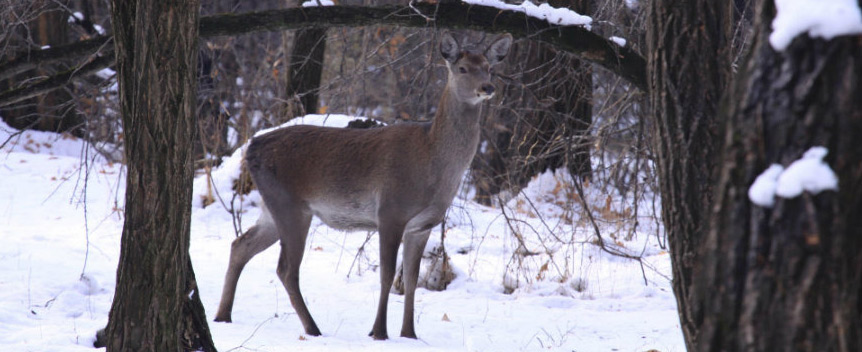
Situated at a distance of 22 kms from capital city Srinagar, Dachigam Wildlife Sanctuary covers an area of approximately 140 sq km. Home to the endangered Hangul species of deer, it is a natural reserve with a difference. Offering a spectacular view of the sanctuary along with a glacier-fed brook flowing through the middle, it enchants naturalists and adventure aficionados. With a diverse flora and fauna, Dachigam makes for one of the prime Srinagar tourist place to visit. An essential part of the Jammu & Kashmir tourism, it is a tourist’s delight.

Located in Nowhatta, Srinagar, Jama Masjid is the biggest mosque in Kashmir Valley. Built in 1402, Jamia Masjid as it is popularly called reflects the Indo-Saracenic style of architecture. A magnificent courtyard with 370 wooden pillars, the architecture here exemplifies the charm of Jama Masjid. Thronged by Muslims every Friday, it is one of the prime Srinagar tourist place to visit. A glittering gem in the treasure chest of Jammu & Kashmir tourism, Jama Masjid is unparalleled in every aspect.
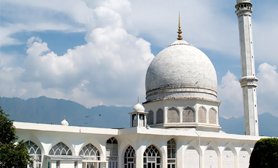
The single hair of the Prophet Mohammed that is preserved in Hazratbal makes this shrine the most visited place in Srinagar. The dome and a minaret mark the splendid Mughal architecture of the shrine. Hazratbal Shrine is the most important Srinagar tourist place to visit as it is flocked by many devotees, irrespective of religion. The sacred hair of the Prophet is displayed occasionally and such occasions are attended by many devotees and tourists. The mosque is set amidst carpets of green meadow, which adds to its beauty. A vital part of the Jammu & Kashmir tourism, Hazratbal shrine must be visited on any tour to Kashmir Valley.
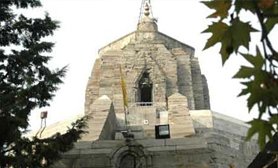
Dating back to 2000 BC, Shankaracharya Temple is believed to have been built by Ashoka’s son Jaluka. The temple is dedicated to Lord Shiva and is perched upon the Gopadari Hill. It is named after the great philosopher Shankarcharya, who once visited Kashmir. Nested high up at 1100 feet, Shankarcharya temple is known not only for its religious importance but its magnificent history as well. Offering visual opulence, this temple is amongst one of the best Srinagar tourist place to vis it. The temple is also a vital part of the Jammu & Kashmir tourism as it reflects the rich culture of the state.
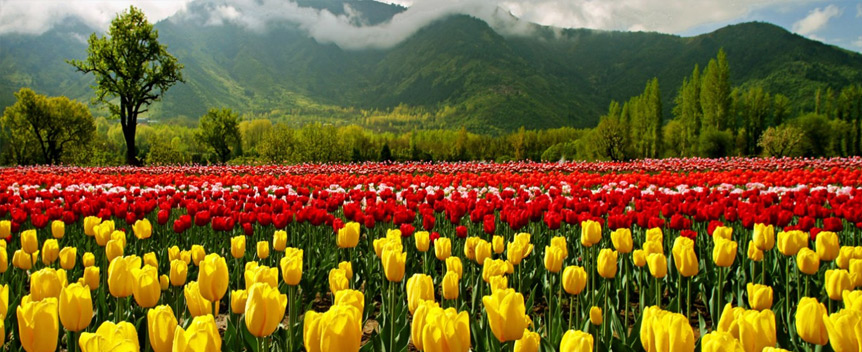
Spread over an area of about 12 hectares, Indira Gandhi Memorial Tulip Garden is located close to the world-famous Dal Lake in Siraj Bagh, Srinagar. The garden was
earlier known as ‘Model Floriculture Centre’ and presently is Asia’s largest tulip garden. The garden is the effort of Mr. Ghulam Nabi Azad, the ex-Chief Minister of
Jammu and Kashmir and was established to boost floriculture and eco-tourism in Kashmir Valley.
Indira Gandhi Tulip Garden is situated at the foothills of Zabarwan Range. Overlooking the iconic Dal Lake, the garden is opened in 2007. It is encircled by Nishat Bagh and Chashma Shahi Garden from three sides. Adorned by 70 varieties of tulips, the garden is one of the most popular
tourist attractions in Srinagar. To add more magnetism to the garden, several rose beds are also cultivated.
The city is served by many highways, including National Highway 1A and National Highway 1D.
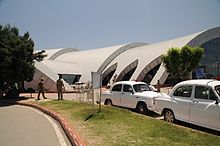
Srinagar International Airport has regular domestic flights to Leh, Jammu, Chandigarh, Delhi and Mumbai and occasional international flights. An expanded terminal capable of handling both domestic and international flights was inaugurated on 14 February 2009 with Air India Express flights to Dubai. Hajj flights also operate from this airport to Saudi Arabia.
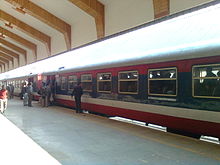
Srinagar is a station on the 119 km (74 mi) long Banihal-Baramulla line that started in October 2009 and connects Baramulla to Srinagar, Anantnag and Qazigund.
The railway track also connects to Banihal across the Pir Panjal mountains through a newly constructed 11 km long Banihal tunnel, and subsequently to the Indian
railway network after a few years. It takes approximately 9 minutes and 30 seconds for train to cross the tunnel. It is the longest rail tunnel in India. This
railway system, proposed in 2001, is not expected to connect the Indian railway network until 2017 at the earliest, with a cost overrun of 55 billion INR.The train
also runs during heavy snow.
There are proposals to develop a metro system in the city. The feasibility report for the Srinagar Metro is planned to
be carried out by Delhi Metro Rail Corporation.